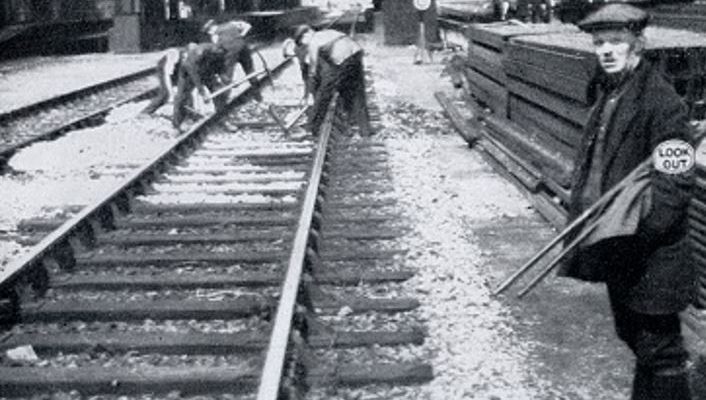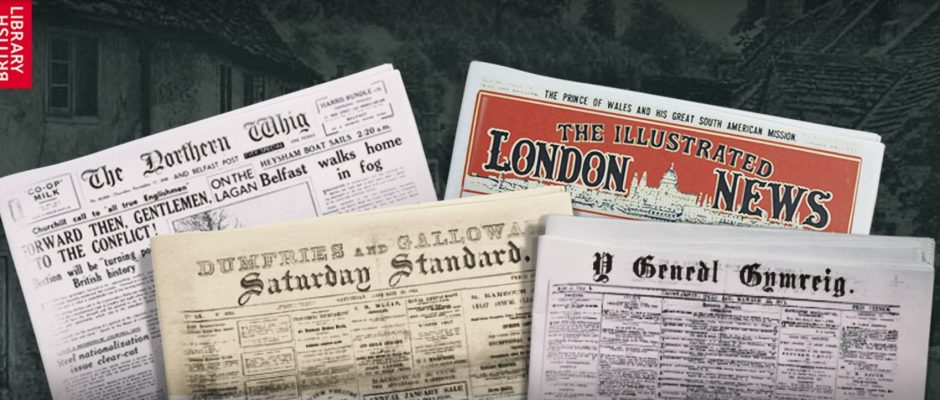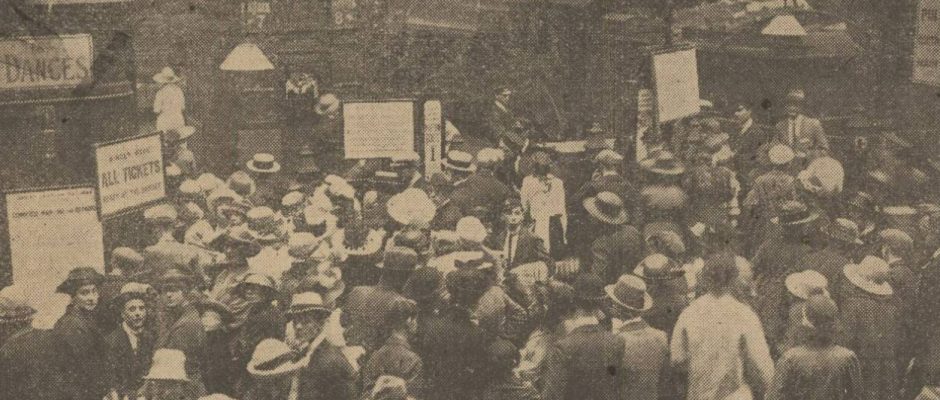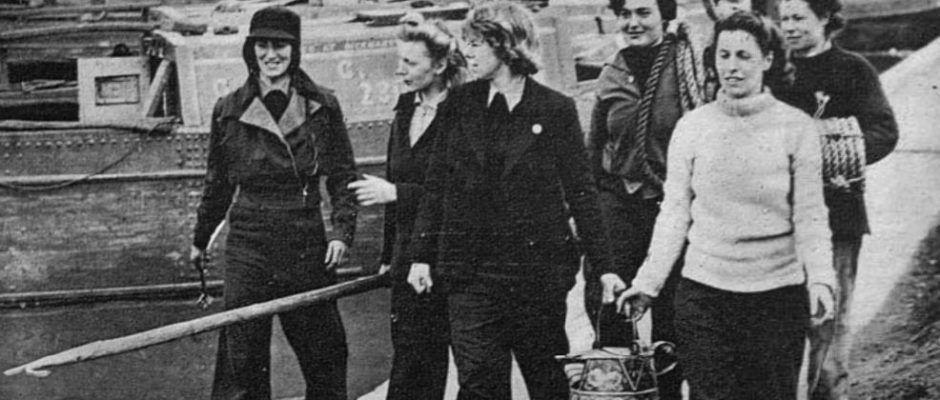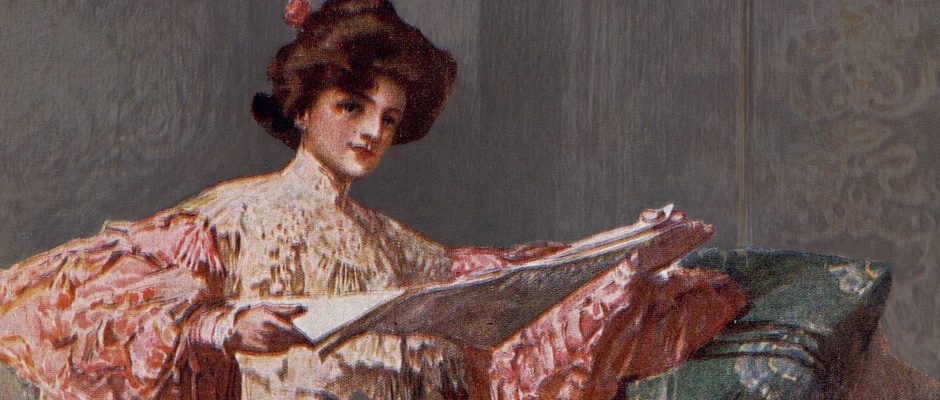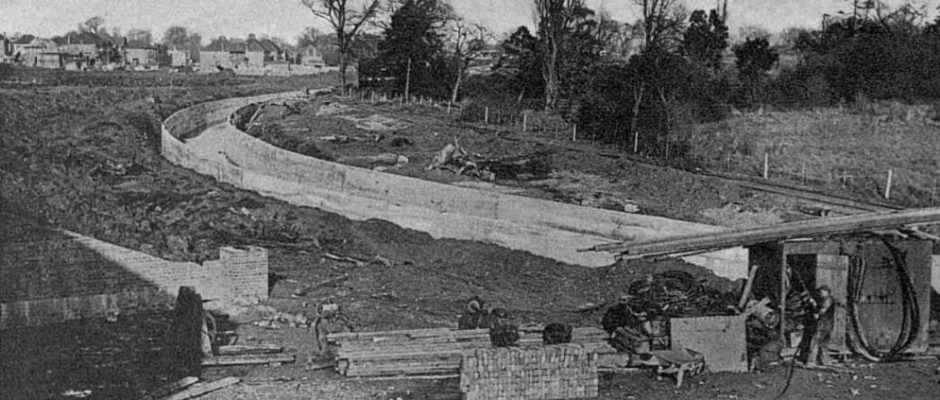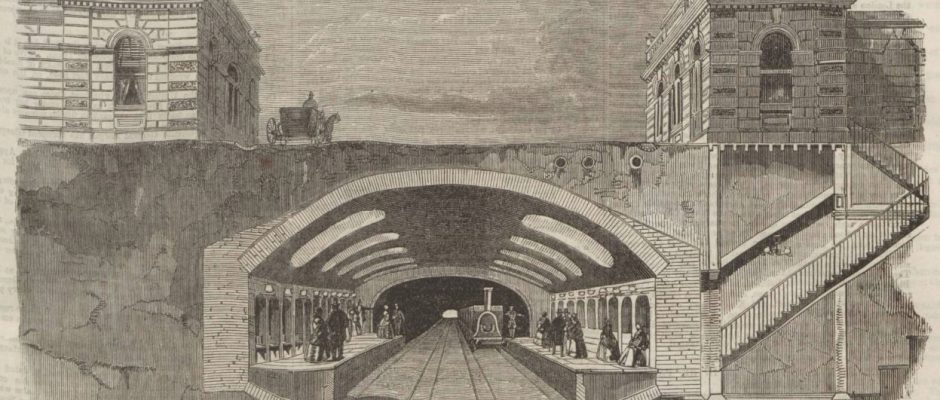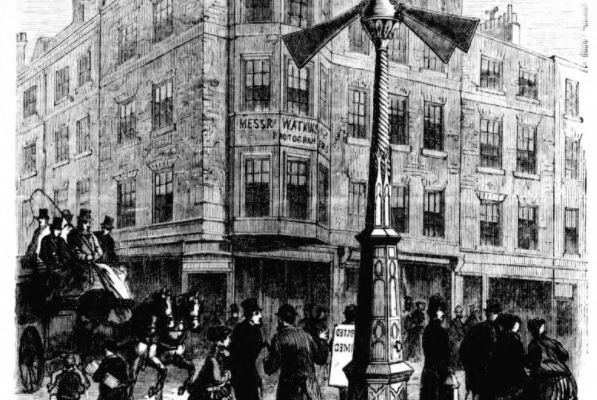As part of our railway history month on The Archive, we’re delighted to welcome a very special guest blog post from Dr Mike Esbester, Senior Lecturer in History at the University of Portsmouth and co-lead of the ‘Railway Work, Life & Death Project.’ In this special blog, Mike takes a look at the dark side of railway work, and how the British Newspaper Archive has helped to inform research into railway accidents from days past. The Dark Side of Railway …
transport
This week at The Archive we are celebrating reaching another incredible milestone – we now have over 45 million pages available to search, with 134,854 new pages being added in the last week alone. If this wasn’t enough, we have also added eight brand new titles this week, spanning London, Liverpool, Nottinghamshire, Kent and Cornwall, whilst we have also updated 15 of our existing titles. So read on to discover more about our new and updated titles of the week, as well as to discover more about a …
Tags
This week at The Archive we have been busier than usual, bringing you a glut of new and updated titles. In total, we have added an incredible 44 brand new titles to our collection, which may well be a record, with 149,250 brand new pages added in all. Register now and explore the Archive Our new titles cover a range of specialities, from religion to the railways, and a range of locations, from London to Liverpool. Meanwhile, we have also updated 29 of our existing …
Tags
‘Up to about forty or fifty years ago travelling was a solemn act, not to be enterprised nor taken in hand unadvisedly, lightly, or wantonly,’ so writes the Belfast News-Letter in September 1888. But all of this had changed; from the inception of the railways ‘day excursions’ had become ‘entirely modern pleasures,’ the British seaside and countryside opened up to visitors who could travel there easily by train. This was the railway revolution, which opened up the seaside to ordinary, working class people. …
Tags
Nicknamed the ‘Idle Women,’ although they were about as far from idle as anybody could possibly be, the women canal workers of the Second World War performed vital war work which is all but forgotten today, some seventy years later. Some of the ‘Idle women’ arriving at a canal dock | The Sphere | 15 April 1944 The curious name of ‘Idle Women’ came from the badges that these pioneering women wore, with the initials ‘IW,’ which stood for ‘Inland Waterways’. …
Tags
This week has been another busy one here at The Archive as we have added 95,892 brand new pages to our ever-expanding collection, covering Great Britain and Ireland, as well as over 120 years of historic headlines. Meanwhile, we’ve also added three brand new titles to our collection, as well as updating fifteen of our existing titles, including updates to some of our specialist publications. Read on to discover more about the exciting new pages joining us this week. Register now and explore the Archive Kicking …
Tags
I know a land where the wild flowers grow Near, near at hand if by train you go, Metro-land. Metro-land. The above pre-First World War verse written by George R Sims coined the phrase ‘Metro-land’ – that area of north west of Wembley served by what was then called the Metropolitan Railway, and is now known as the Metropolitan Line. In this blog, using articles found on the British Newspaper Archive, we will explore how the Metropolitan Railway shaped London’s …
Tags
This week we have added 93,860 new pages to The Archive. We have one brand new title joining us this week – the Banffshire Reporter – as well as updates to thirteen of our English and Scottish titles. Published in Portsoy, Aberdeenshire, the Banffshire Reporter was a weekly local newspaper founded by Thomas Anderson. Anderson ‘mastered the art of printing after he reached middle life,’ and printed several newspapers in the Portsoy area. Upon his retirement the Banffshire Reporter was sold to the Calder Brothers …
Tags
On 10 January 1863 the Metropolitan Railway was opened in London. An unprecedented feat of engineering, the Metropolitan Railway was the first underground railway in the world, forming the basis of the London underground and other global underground systems. In this special blog, we take a look at the historic first three days of the Metropolitan Railway’s existence, from its grand opening on Friday 10 January 1863, to the teething problems it encountered when it opened to the public on …
Tags
What the Victorians did for us… On 10 December 1868, the first set of traffic lights in the world were erected outside the Houses of Parliament in Westminster, London. To mark the day, here’s a fascinating newspaper story (published on 8 December 1868) that reports on the installation of the signals, as well as explaining why these new traffic signals were needed. We are also very luck to have an illustration of the ‘new street semaphore,’ as it was called …


